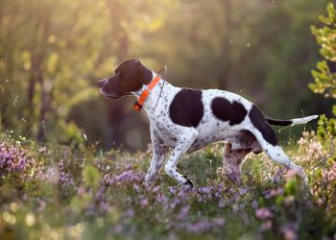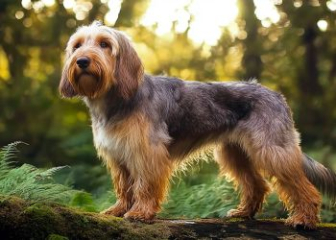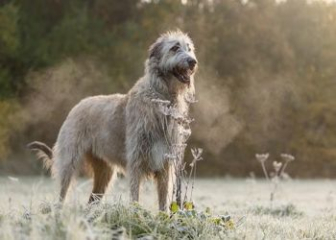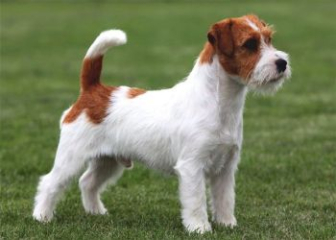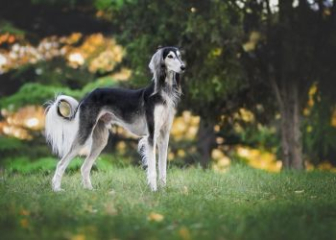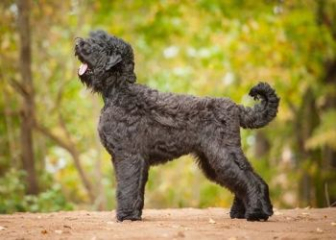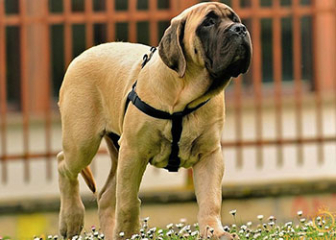Pitbull – The Most Aggressive and Dangerous Dog Breed in the World
Blog | by
The Pitbull is known as one of the most aggressive and dangerous dog breeds in the world. With a powerful bite force of up to 106.5 kg (235 psi), it is often chosen as a fighting dog due to its high attack capability.
Originating from England and the United States, the Pitbull is a naturally aggressive and strong breed with the ability to kill another dog with just one bite. However, with proper training and socialization from an early age, this dog breed can also be gentle and friendly.
In today's article, let's explore the Pitbull in-depth to determine whether it is suitable as a family pet.
Origin and Development of the Pitbull Breed
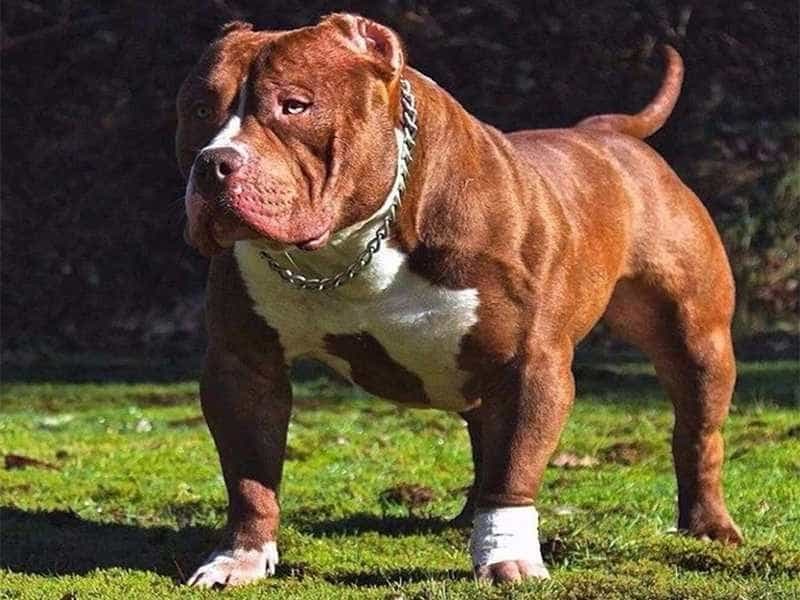
Pitbull Dog with a Fierce Appearance
The Pitbull breed emerged in both England and the United States around the 19th century. It was crossbred between the English Bulldog (muscular, strong bite force, and fearless) and the Terrier (agile and intelligent), creating a durable, powerful, and intelligent breed initially called Bull and Terrier.
Development of the Pitbull Breed
-
18th - 19th Century: Bred for dog fighting, initially used in bull-baiting before transitioning to underground dog fights.
-
19th - 20th Century: Imported to the U.S., where it developed into the American Pit Bull Terrier (APBT)., Used for hunting, farm protection, and guarding livestock.
-
World War I & II: Pitbulls were employed as messenger dogs, rescue dogs, and guard dogs., Sergeant Stubby, a famous Pitbull, became a war hero in World War I.
-
Modern Day: In addition to being a guard dog, the Pitbull has become a popular family pet when properly trained.
Types of Pitbulls
Today, Pitbulls are categorized into different breeds based on origin and appearance. Let's explore some of the most common Pitbull types.
American Pit Bull Terrier (APBT)
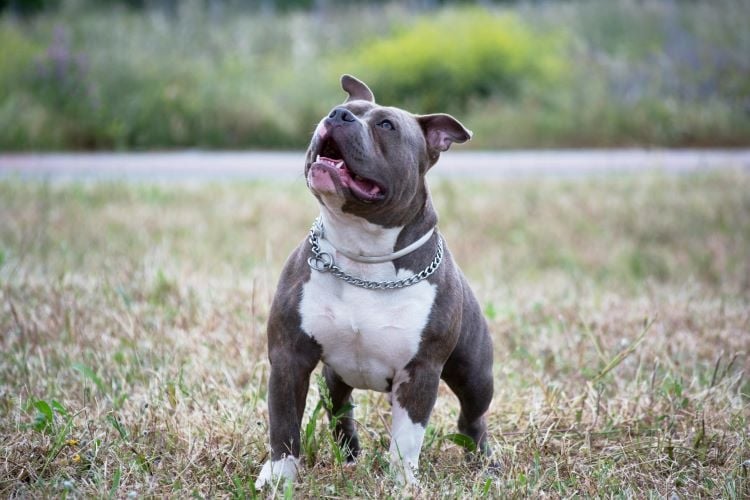
Appearance of the American Pit Bull Terrier
The American Pit Bull Terrier (APBT) is the classic Pitbull breed, originating from England and the United States. It is commonly used in sports, protection work, and as a companion pet.
Key Characteristics:
- Height: 43 - 53 cm
- Weight: 15 - 30 kg
- Body: Large, compact, and muscular
- Head: Broad head with a square-shaped muzzle
- Coat: Short and smooth fur
- Temperament: Loyal, intelligent, and well-suited for protection roles
American Bully
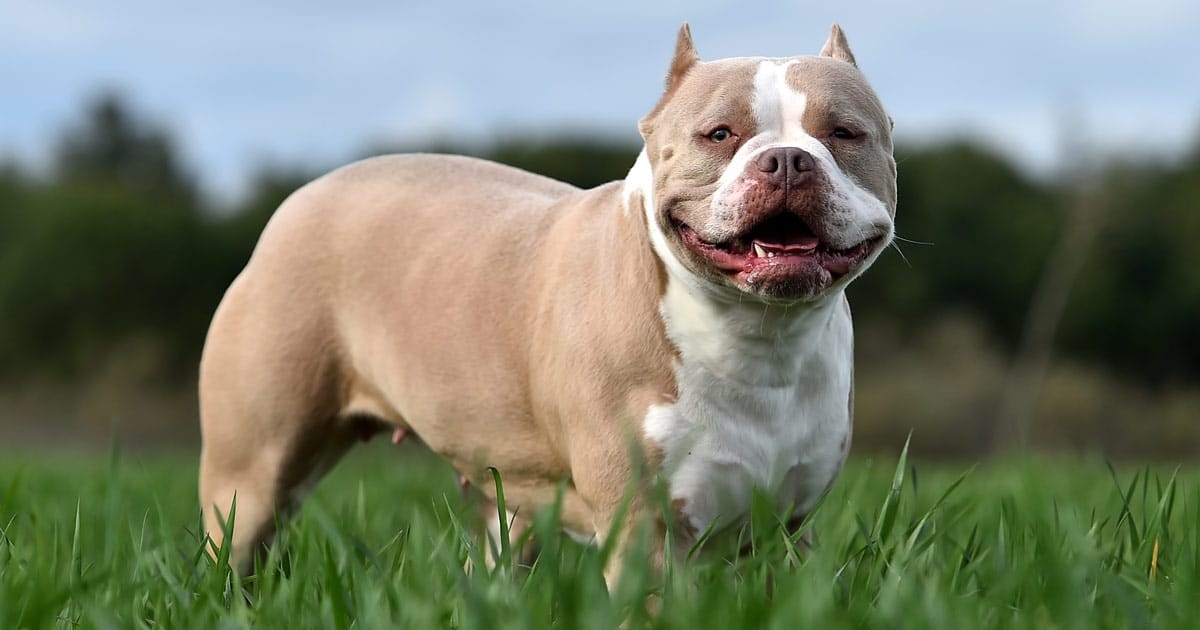
American Bully
The American Bully is a more muscular variation of the Pitbull breed, developed by crossbreeding the American Pit Bull Terrier and Bulldog. It has the following characteristics:
Key Characteristics:
- Height: 33 - 50 cm
- Weight: 20 - 50 kg
- Body: Muscular, compact build with a broad chest and strong shoulders
- Head: Larger than the APBT, with a short muzzle and a face resembling a Bulldog
- Temperament: Gentle, friendly, and well-suited as a family pet
American Staffordshire Terrier
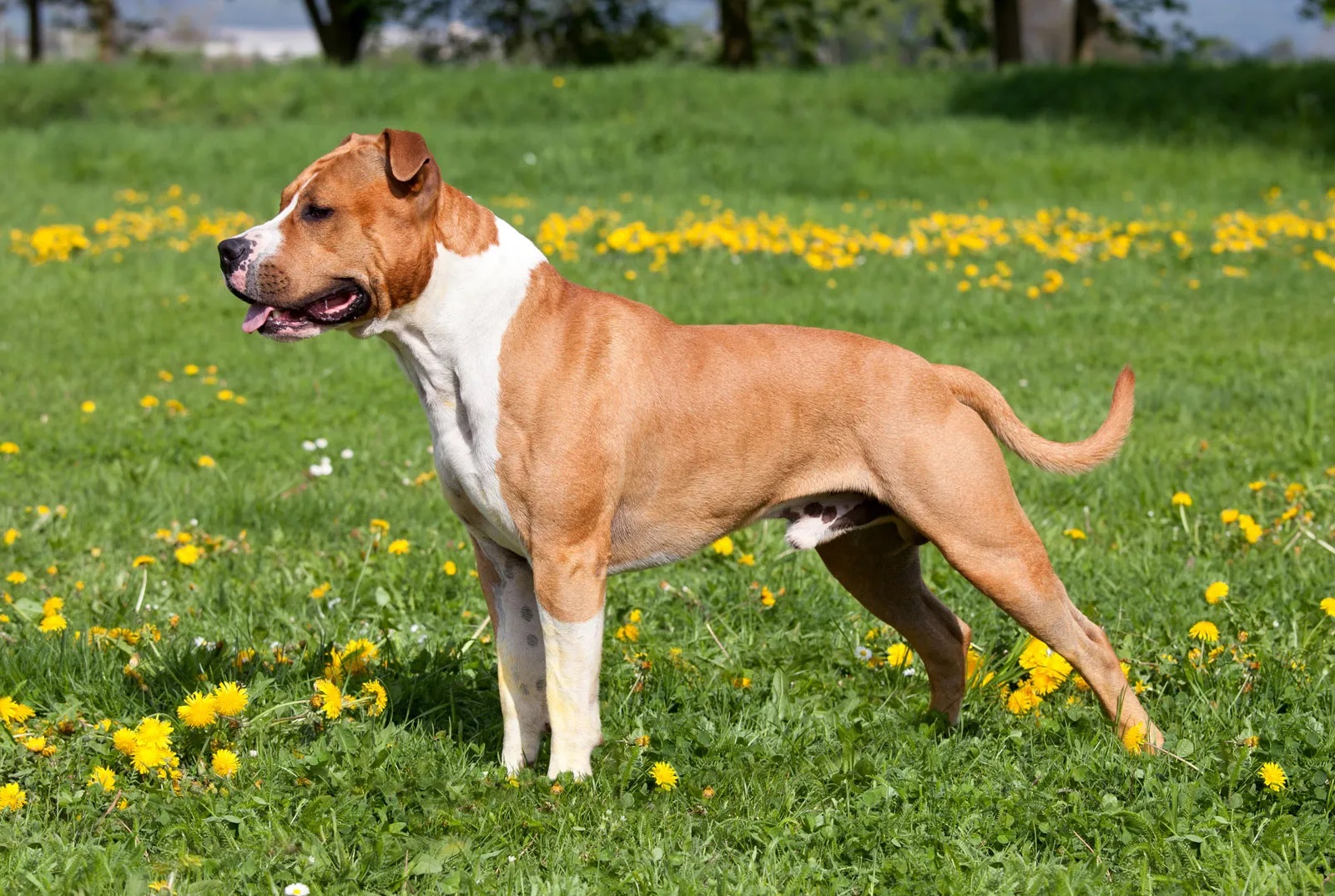
Appearance of the American Staffordshire Terrier
The American Staffordshire Terrier is the most compact and lightweight Pitbull breed, often kept as a companion pet. It has the following characteristics:
Key Characteristics:
- Height: 43 - 48 cm
- Weight: 18 - 30 kg
- Smaller and more: Agile than the APBT
- Head: Smaller with a longer muzzle
- Temperament: Intelligent, gentle, and less aggressive
Staffordshire Bull Terrier
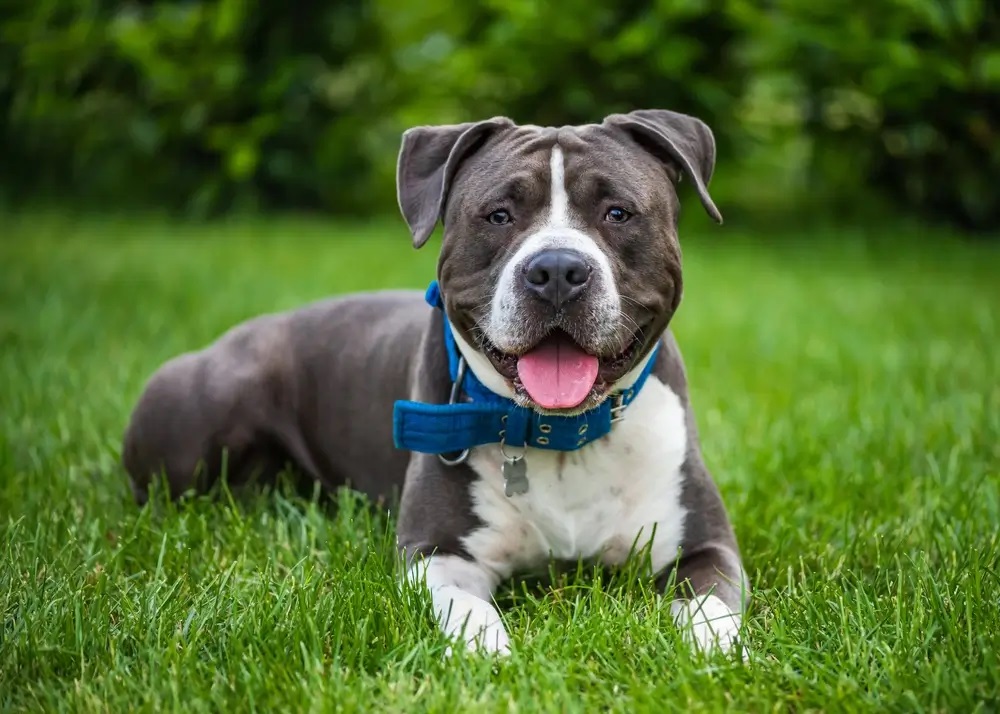
Appearance of the Staffordshire Bull Terrier
The Staffordshire Bull Terrier is a small-sized Pitbull breed originating from England. It has the following characteristics:
Key Characteristics:
- Height: 36 - 41 cm
- Weight: 11 - 17 kg
- Size: Compact yet muscular build
- Temperament: Friendly and not overly aggressive
Red Nose Pitbull
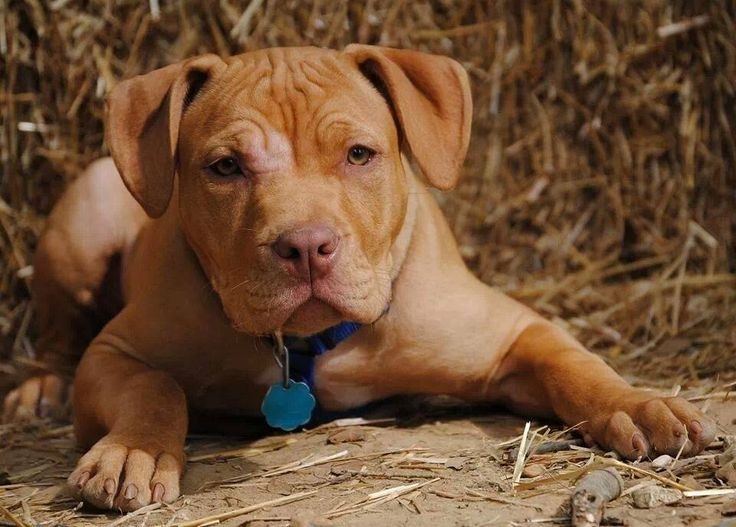
Red Nose Pitbull
The Red Nose Pitbull is a unique Pitbull variation known for its distinctive red nose. This breed is considered highly valuable due to its rare and striking appearance.
Key Characteristics:
- Origin: Ireland
- Temperament: Loyal, brave, but somewhat stubborn
- Physical Features: Red or reddish-brown nose, eyes, and lips, Coat color Typically reddish-brown or copper
- Bite Force: Extremely strong
Blue Nose Pitbull
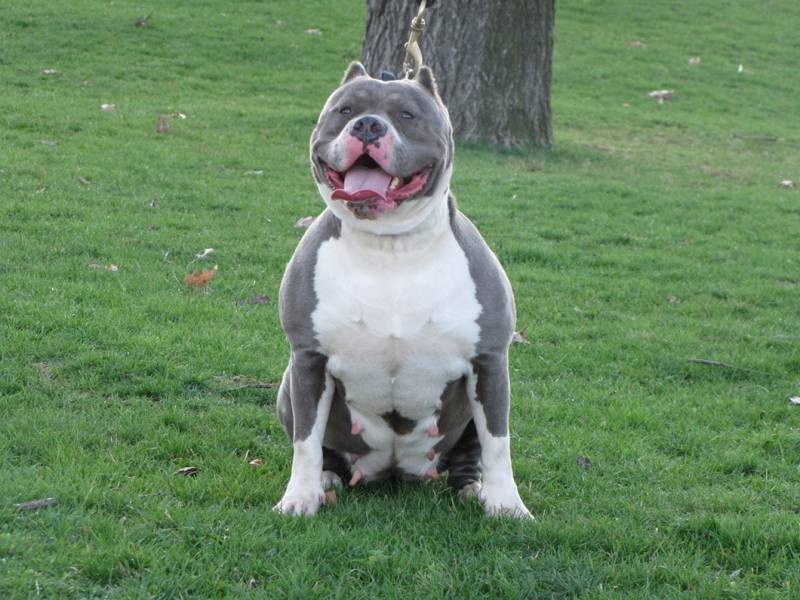
Blue Nose Pitbull
The Blue Nose Pitbull is a rare Pitbull variation known for its distinctive blue-gray nose. Originating from the United States, this breed is highly sought after and expensive.
Key Characteristics:
- Nose, eyes, and lips have a blue-gray hue
- Coat color: Blue-gray with white markings
- Strong and muscular build
- Temperament: Loyal and affectionate towards its owner
Razor Edge Pitbull
The Razor Edge Pitbull is one of the most muscular Pitbull lines, originating from the United States. Despite its powerful physique, it has a gentler temperament compared to other Pitbulls.
Key Characteristics:
- Extremely muscular body, especially in the chest and shoulders
- Short muzzle, large head, and short legs
- Gentle and friendly personality
Distinctive Physical Features of the Pitbull
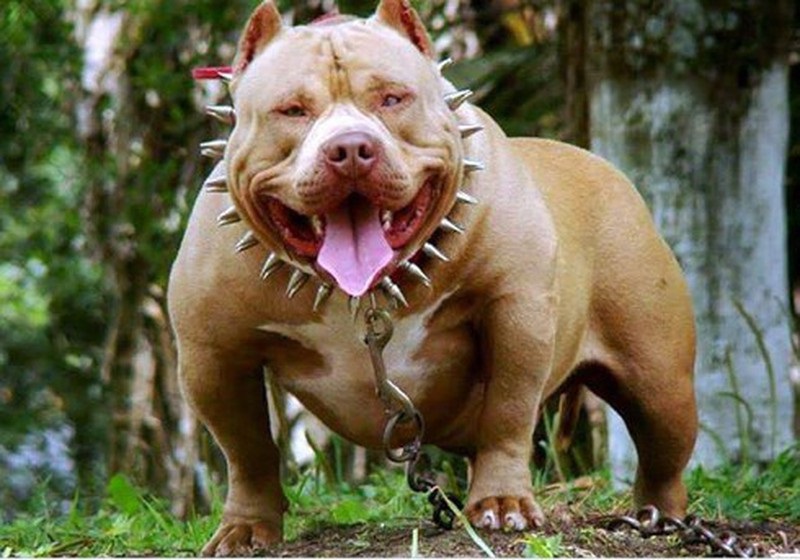
Pitbull with a Fierce-Looking Face
Although there are several types of Pitbulls, the standard Pitbull always possesses a muscular, solid, and powerful physique. Let’s explore some key physical traits of this breed.
Distinctive Physical Features of a Pitbull
- Height: 43 - 53 cm
- Weight: 15 - 40 kg (depending on the breed type)
- Lifespan: 12 - 15 years
- Body: Extremely muscular, especially in the shoulders, chest, and legs, with no excess fat
- Head: Round with a short, square-shaped muzzle and powerful jaw muscles
- Eyes: Almond-shaped, typically brown or amber
- Ears: Short and naturally floppy
- Tail: Slim, long, and slightly curved
- Coat: Short and low-shedding
- Coat Colors: Black, white, brindle (tiger-stripe pattern), silver-gray, and rare reddish-brown
- Legs: Strong front legs, firm rear legs, large paws with sharp claws
- Speed: Pitbulls can run up to 48 km/h (30 mph)
Pitbull Dog Personality Traits
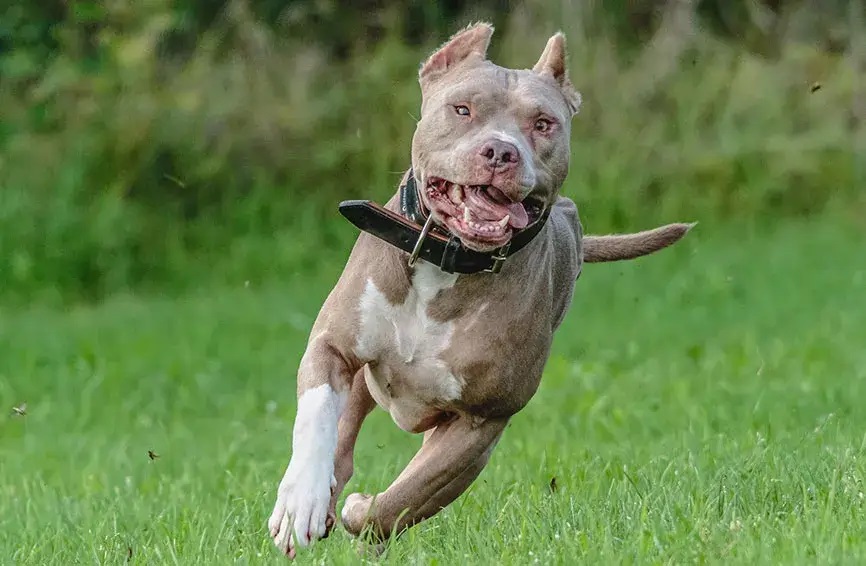
Pitbulls Are Naturally Aggressive Dogs
Despite being labeled as a dangerous breed, Pitbulls are also intelligent and friendly when properly trained. Let’s take a closer look at the personality traits of this breed.
Friendly and Gentle
Under normal circumstances, Pitbulls are not inherently aggressive. If they are not threatened or provoked, they can be very affectionate and friendly. They enjoy being petted, cuddled, and playing with their owners.
In reality, Pitbulls are not naturally violent—they only become dangerous if they are not properly trained.
Resilient and Determined
Pitbulls are highly enduring dogs. They rarely give up on a task, and they do not back down from any challenge, even when facing larger or more aggressive opponents.
Stubborn and Requires Serious Training
Pitbulls can be stubborn and do not always obey commands immediately. This is why they require early training and discipline to prevent them from becoming too dominant or difficult to control.
Aggressive and Fearless Fighters
Originally bred for protection and combat, Pitbulls have naturally aggressive instincts. If not properly raised, they can become dangerous.
A Pitbull can fearlessly face off against a bull, a wolf, or even a bear without hesitation. Additionally, they are known for their unyielding bite force—once they lock onto their target, they refuse to let go.
However, modern breeding efforts have made today's Pitbulls significantly gentler compared to their ancestors.
How to Care for a Pitbull
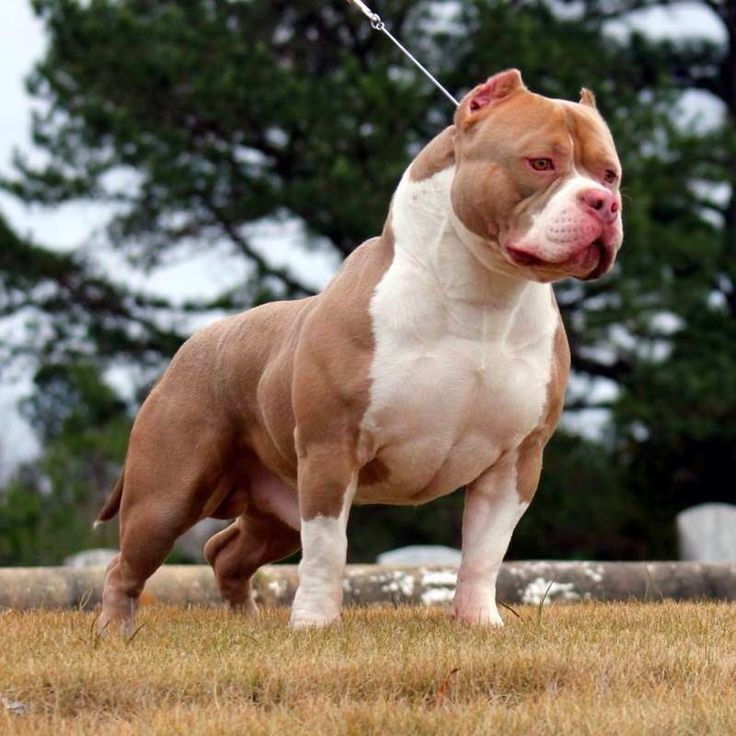
Pitbulls Require a High-Protein Diet for Muscle Development
Pitbulls need special care to develop their muscular build and maintain good health. Below, we provide a detailed guide on nutrition, exercise, training, hygiene, and vaccinations for Pitbulls.
Pitbull-Specific Nutrition Plan
Since Pitbulls are highly muscular dogs, their diet must be rich in protein while also containing essential minerals, vitamins, fats, and fiber. The recommended breakdown is:
- Protein: 40 - 50% of the diet (from beef, chicken, pork, fish, organ meats, and eggs).
- Fats: 15 - 20% of the diet (from fish oil and animal fat).
- Carbohydrates: 20 - 30% of the diet (from grains, sweet potatoes, oats, and rice).
- Additional supplements: Vitamin D, calcium, and glucosamine for joint and bone health.
Pitbull Feeding Schedule by Age
| Age | Meals per Day | Notes |
|---|---|---|
| 2 - 3 months | 4 meals/day | Soft food like porridge, mashed rice, or finely chopped ingredients. |
| 4 - 6 months | 3 meals/day | Increase protein intake for muscle growth. |
| 6+ months | 2 meals/day | Balanced meals with optional high-quality kibble. |
Pitbull Exercise & Training Regimen
Pitbulls are active and energetic dogs that require structured daily exercise to keep them healthy and well-behaved. Here’s a recommended training plan:
- Run 5 - 10 km per day for endurance.
- Strength training with weight pulling, high jumps, and bar-hanging exercises for muscle building.
- Mental stimulation games to prevent boredom.
- Basic obedience training: commands like sit, lie down, stand, stay.
- Discourage jumping on people, as it can be dangerous.
- Firm but non-violent training—Pitbulls need discipline, but never physical punishment.
Pitbull Grooming & Hygiene
Pitbulls have short coats and shed very little, so grooming is minimal. However, proper hygiene is still essential:
- Bathe 2 times per week and dry thoroughly.
- Clean ears and wipe eyes with a clean cloth.
- Brush teeth 2 - 3 times per week and trim nails when they get too long.
Pitbull Health & Vaccination
To keep Pitbulls healthy, regular vaccinations and vet check-ups are required:
- Core vaccines 5-in-1 and 7-in-1 shots, plus rabies vaccination.
- Deworming schedule As advised by a veterinarian.
- Routine health check-ups to detect early signs of illness.
Common Pitbull Health Issues
Below are some common health conditions affecting Pitbulls, along with their causes, symptoms, and preventive measures:
| Disease | Cause | Symptoms | Prevention & Treatment |
|---|---|---|---|
| Hip & Elbow Dysplasia | Genetic, excessive exercise in young Pitbulls | Limping, reluctance to move, pain when touched | Maintain a healthy weight, balanced diet, light exercise |
| Demodex Mange (Skin Mites) | Demodex parasite | Hair loss, red patches, itchy skin | Maintain cleanliness, use vet-prescribed medication |
| Degenerative Myelopathy | Genetic (common in older Pitbulls) | Weak hind legs, loss of balance, paralysis | No cure; manage with light exercise and nerve-support supplements |
Pitbull Dog Price Guide
Here’s an estimated price list for Pitbull dogs based on their origin and pedigree:
| Pitbull Origin | Estimated Price | Notes |
|---|---|---|
| Vietnam-born Pitbull (No papers) | 4 - 7 million VND | No official pedigree |
| Vietnam-born Pitbull (VKA-certified) | 8 - 15 million VND | Registered with Vietnam Kennel Association |
| Pitbull imported from Thailand | 10 - 25 million VND | Some with certification, some without |
| Pitbull imported from Europe | 45 - 50 million VND | High purity, superior breed quality |
| Pitbull imported from the USA | 50 - 60 million VND | 100% purebred, exceptional appearance |
| Mixed Pitbull breeds (e.g., Pitbull x Rottweiler, Pitbull x German Shepherd) | Around 4 million VND | Less pure, but still powerful |
Important Considerations When Buying a Pitbull
- Avoid "cheap Pitbull" scams—ads claiming to sell Pitbulls for 1 million VND are usually fraudulent.
- Only buy from reputable breeders to ensure high purity.
- Decide your purpose—whether you want a pet or a competition-level Pitbull, as prices vary accordingly.
Pitbull Dog Fighting – A Dangerous Sport
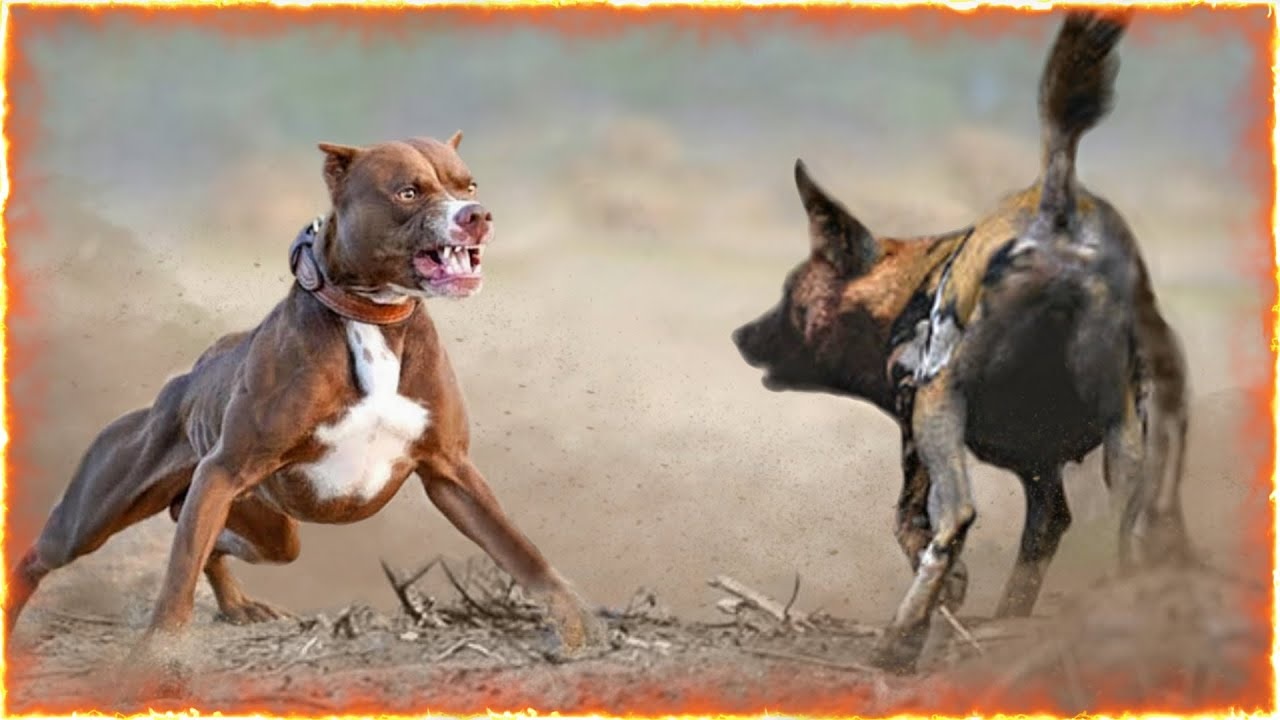
Pitbull Fighting Against Another Dog
Today, dog fighting is a popular underground activity in many parts of the world. Due to its muscular build, aggression, and incredible endurance, the Pitbull has become one of the top choices for this dangerous sport. Unfortunately, dog fighting has also evolved into a violent gambling game driven by money and illegal betting.
To become a fighting dog, a Pitbull must undergo extreme training to unleash its full aggression and brutality. These dogs suffer severe injuries during fights, including torn flesh, deep wounds, and in many cases, fatal artery bites.
Moreover, Pitbulls that have been used for dog fighting often become permanently aggressive and dangerous, posing serious threats to humans and other animals.
Why is the Pitbull Considered a Dangerous Breed?
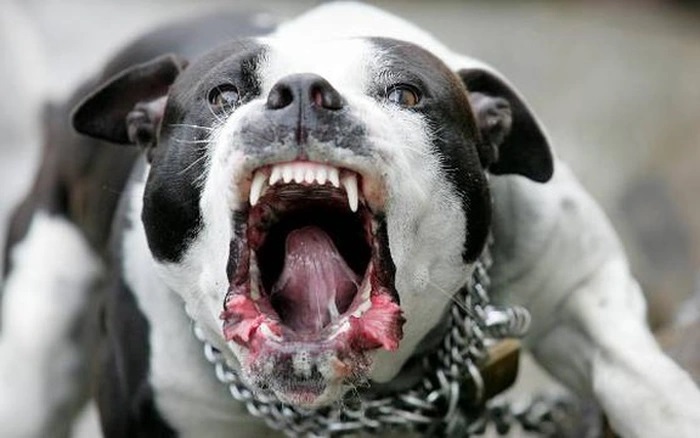
Pitbulls Have Powerful, Sharp Teeth with High Lethality
The Pitbull is ranked among the 11 most dangerous dog breeds for humans. Let’s explore why:
- Unique jaw structure functions like a locking mechanism, making it extremely difficult for them to release their bite once they latch onto something.
- Deep, dangerous bite wounds due to their sharp, strong teeth.
- Bite force of up to 250 pounds per square inch (106.5 kg), allowing them to kill another dog with a single bite.
- Fearless and highly resilient—a Pitbull will fight until death rather than give up.
- In Vietnam, multiple tragic incidents have occurred where loose Pitbulls attacked people, causing severe injuries or even fatalities.
However, in reality, Pitbulls are not always aggressive. Under normal circumstances, they can be quite gentle, but owning one requires careful consideration to prevent unfortunate incidents.
Important Considerations Before Raising a Pitbull
Pitbulls are not suitable for every home. Before deciding to own one, here are some key precautions:
- Not recommended for families with young children—A Pitbull can be unpredictable, and losing control over them can pose serious risks to small kids.
- Always use a muzzle when taking a Pitbull outside—This prevents accidental attacks if the dog becomes agitated.
- Early training and socialization are a must—Pitbulls need strict discipline from a young age to reduce aggression and increase obedience.
Collection of Stunning Pitbull Photos
If you’d like to admire more powerful and beautiful Pitbulls, don’t miss the photo collection below!
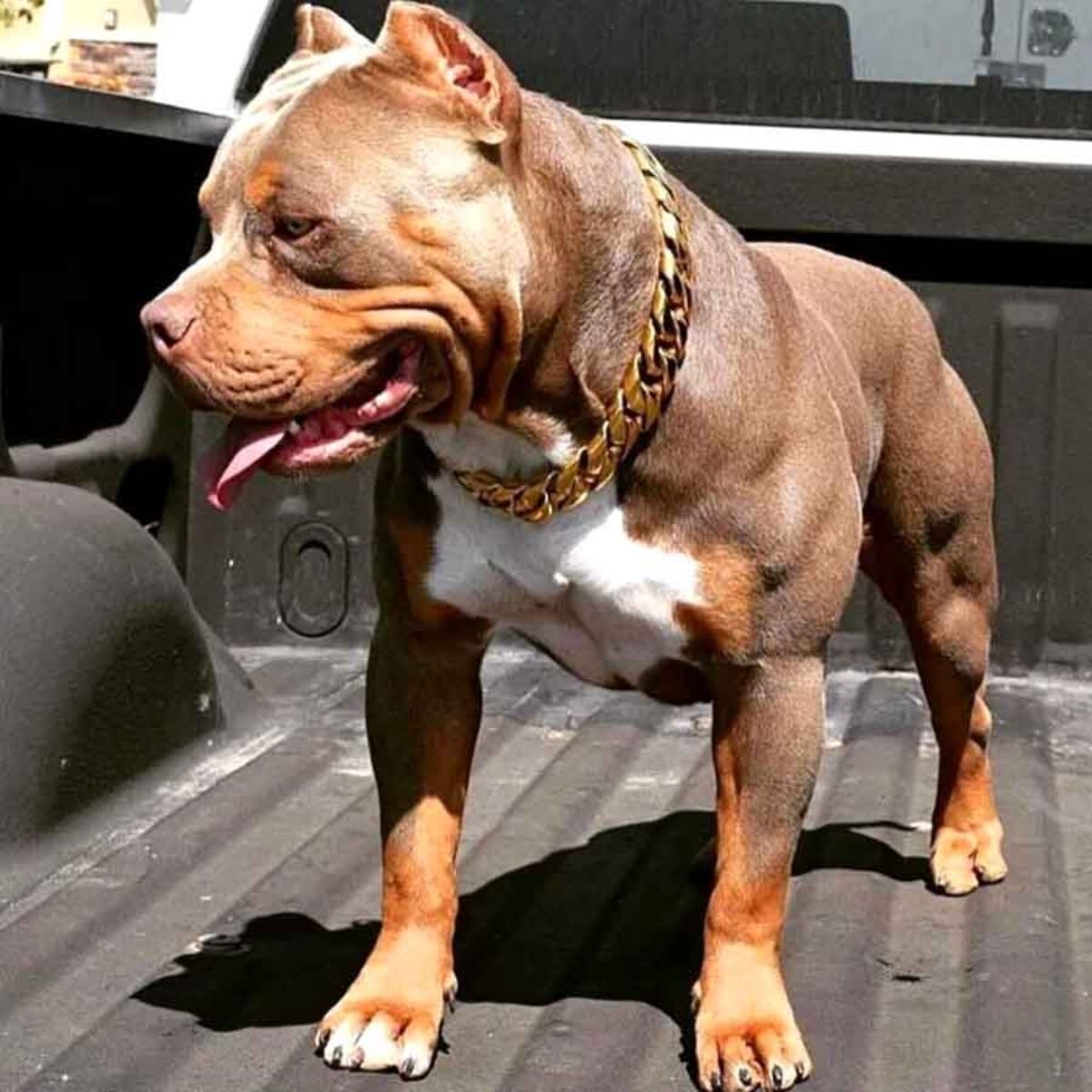
Pitbull is a dog with a muscular, muscular appearance

White Pitbull Dog Image
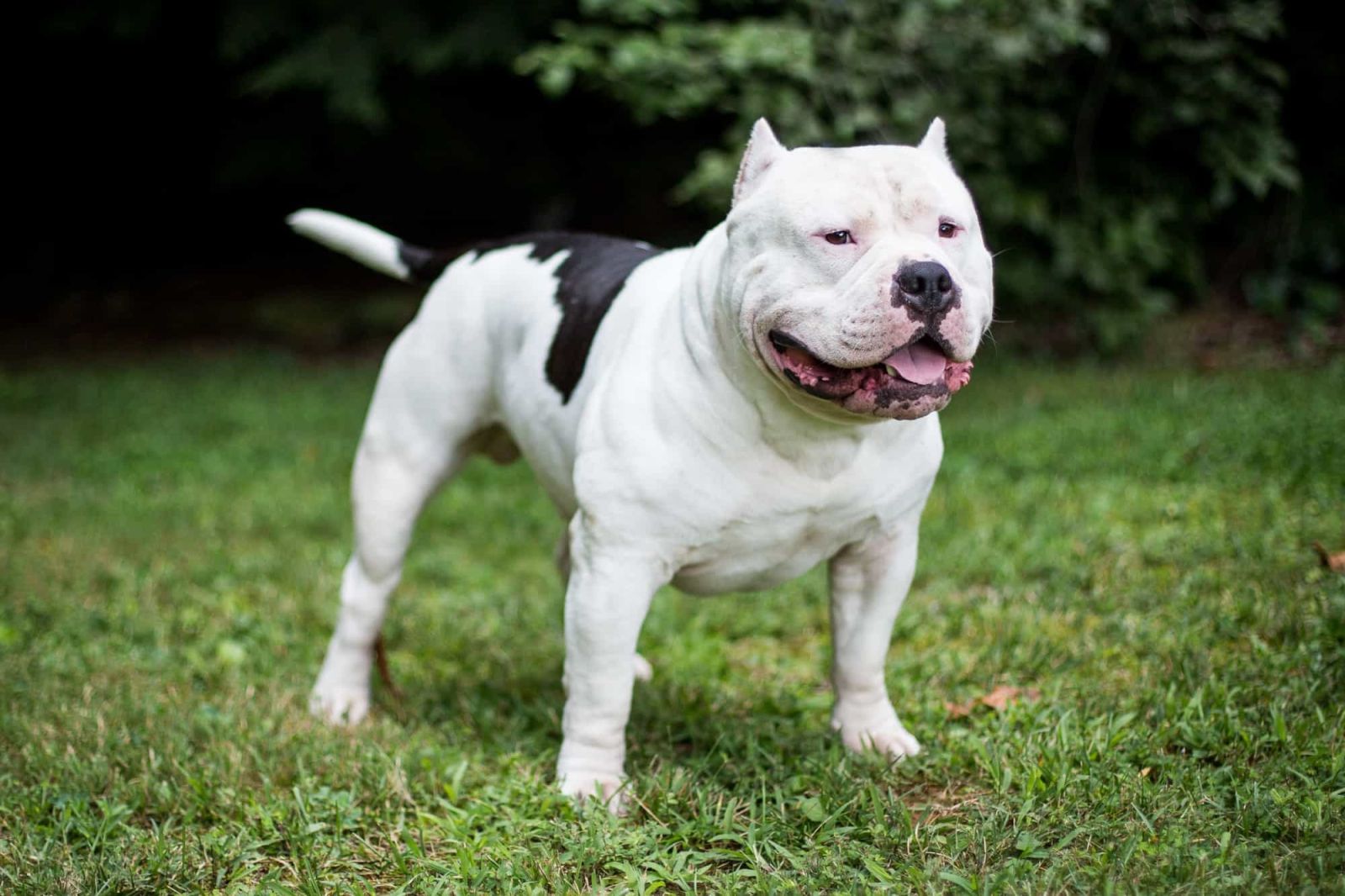
Black and white pitbull
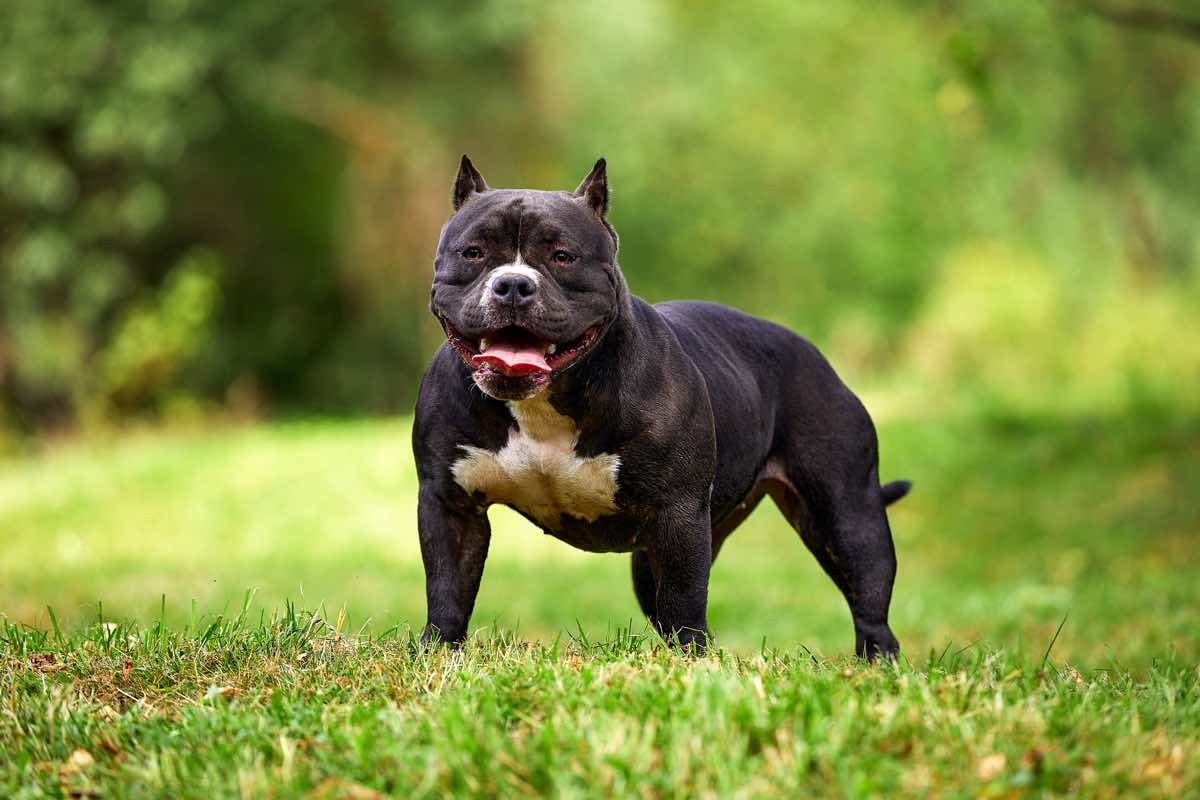
Black Pitbull Dog Image

Picture of a cute little Pitbull puppy
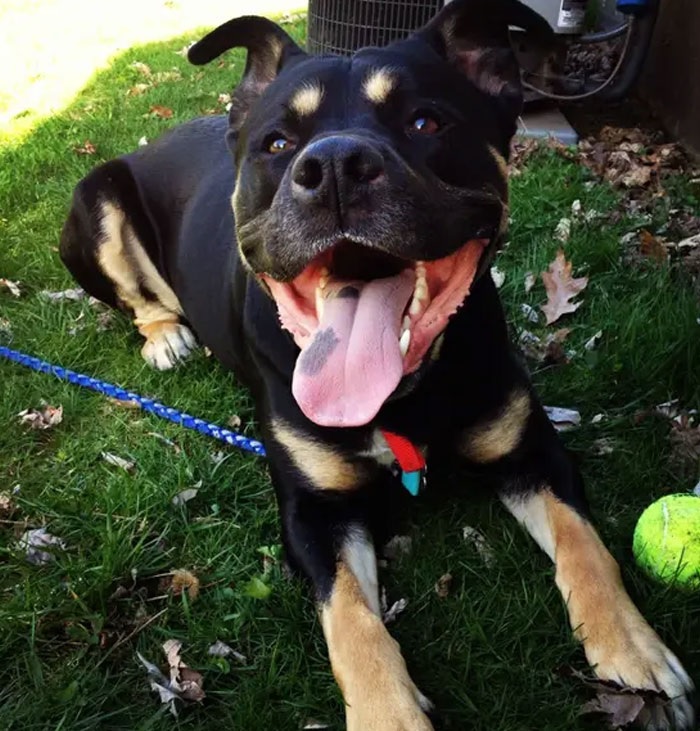
Pitbull Mixed with Rottweiler
Above, giongcho.org has provided detailed information about the Pitbull breed. This is a highly aggressive and combative dog, making it unsuitable for many owners. Be sure to carefully consider whether this breed is right for you before making a decision.
Aside from Pitbulls, our Blog section features many other dog breeds. Feel free to explore and learn more!
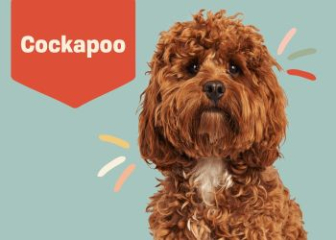
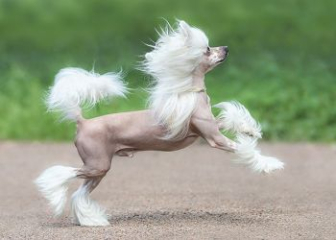
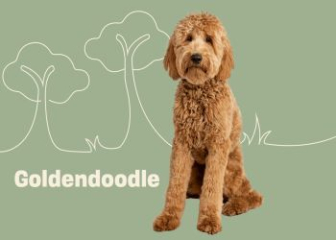
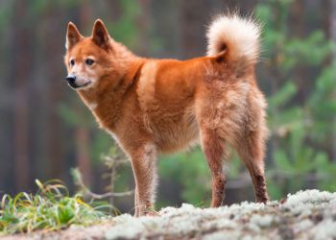
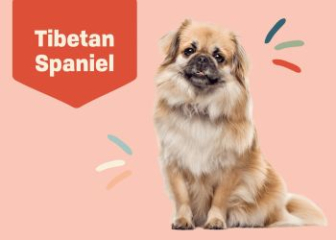
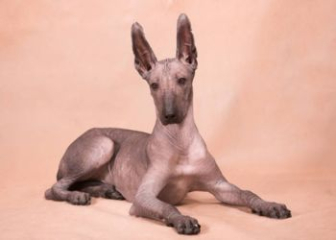
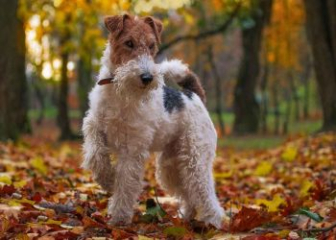

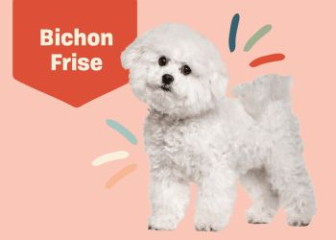
_350x250.jpg)

